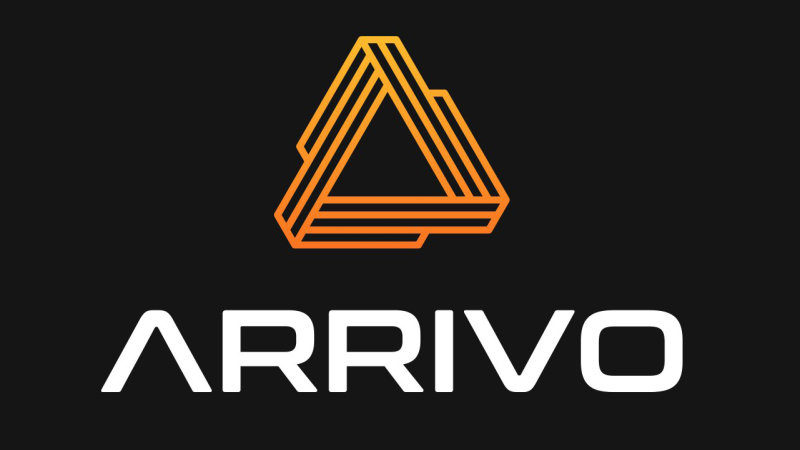Hyperloop One Rival to Build Operational Track in Three Years
Ashley Allen / 8 years ago

A new startup hopes to be the first company to bring Elon Musk’s ambitious Hyperloop mass transportation technology to market, revealing that it hopes to have it operational in just three years. Arrivo, launched by Brogan BamBrogan, the co-founder of current leader Hyperloop One, hopes to get the jump on its rivals, who have barely entered the testing phase of Hyperloop.
BamBrogan left his position as CTO of Hyperloop One last year and subsequently sued the company, accusing its executives of misusing funds and violating California labour laws. The case was settled out of court in November 2016 for an undisclosed amount. Now, BamBrogan hopes his knowledge and expertise will lead Arrivo to have the first operational Hyperloop by 2020.
“We do think we can deploy this technology quickly and are having good conversations with people who want that to happen,” BamBrogan told Business Insider.
According to BamBrogan, the tech behind Hyperloop is not the sticking point that is holding its development back, but rather that selling such a new, unfamiliar concept to both investors and commuters is the real test.
“From an engineering standpoint it’s actually easier than most people think,” he said. “It really isn’t a technical challenge per se, I think the challenge is making it commercially viable and commercially very appetizing.”
BamBrogan even has plans on how to deliver Hyperloop for less money than its competitors, though he is reluctant to reveal exactly what they are.
“There’s some very impressive maglev trains built in the last 30 years, but the amount of energy required to lend them, whether they be superconducting or active maglev is very high energy for an effectively small amount of gain it gets,” BamBrogan said.
Arrivo is already looking at two potential test sites in the US, and that it will announce more within the next couple of months.
“We certainly have our eyes open as to what it takes to deploy a large infrastructure project,” he explained. “That’s why we have built the team that we have, which includes people who have built and deployed mobility systems around the world.”



















